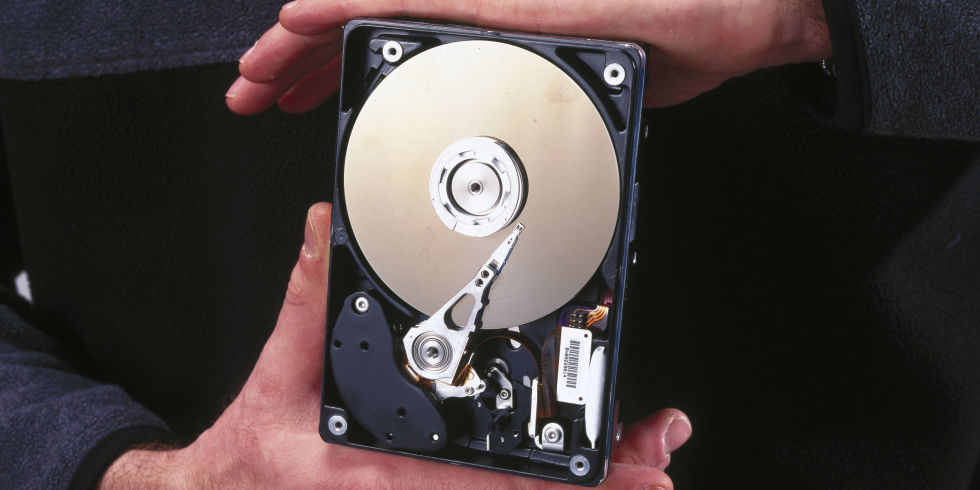 Loading... Please wait...
Loading... Please wait...- 407-463-0699
- Home
- My Account
- Gift Certificates
- View Cart
How Lasers Could Unlock Hard Drives With 10 Times More Data Storage
Posted on 31st Mar 2016
How Lasers Could Unlock Hard Drives With 10 Times More Data Storage
High-capacity magnetic data storage has eluded researchers due to the precision required, but physicists in Austria may have found a solution: lasers.

A team of physicists from the Vienna University of Technology (TU Wien) has simulated a magnetic recording process for data storage that could drastically increase the storage density of hard drives.
Heat-assisted magnetic recording (HAMR) involves heating individual magnetic grains, just a few nanometers long, with a precision laser to write data. According to TU Wien's simulations, the technique could be used to cram more than 13 terabits of data into a square-inch of material. The best hard disk drives used today have a storage capacity of about 1.3 Tb/in², or 10 times less. But if HAMR techniques can be used in manufactured hard drives, then we might see a storage sea change.
"WITH SUCH A DENSITY, A CONVENTIONAL HARD DISK DRIVE COULD HAVE MORE THAN 10 TIMES THE CAPACITY OF TODAY'S DEVICES, AT THE SAME SIZE."
Using magnetic recording to store large amounts of data has been limited by what researchers call the "magnetic recording trilemma." Basically, by making the magnetic grains small enough to increase storage capacity beyond conventional techniques, you also make them too small to stop slight changes in temperature from affecting the magnetic field and wiping out the data. But if you use material with a higher resistance to changes in magnetization, or coercivity, then you cannot write on the grains because it requires a very concentrated and powerful magnetic field. Thus, the trilemma. Scientists just have not been able to achieve the correct balance of readability, writability, and stability for HAMR to be practical.
The TU Wien team thinks it can solve these problems by first heating the magnetic grains with a precision laser. By heating an individual grain, you can lower the coercivity of the material temporarily and write data without affecting surrounding grains. When the laser is removed, the material returns to normal coercivity levels so it can resist temperature fluctuations.
"The resulting storage density of 13.23 Tb/in² would definitely be the highest density of any commercially available memory to date," Christoph Vogler, researcher at TU Wien, told Phys.org. "With such a density, a conventional hard disk drive could have more than 10 times the capacity of today's devices, at the same size. The high density, along with the long-term stability of the stored data, would have a significant impact on desktop and enterprise drives."
Of course, manufacturing a HAMR data storage device is much more challenging than simulating one. Not only would it involve incorporating a precision laser into the hardware, but the magnetic grain patterns required to achieve the proposed storage capacities are also very dense and complex. Still, the researchers tell Phys.org that it should be possible "within the next years." A research paper detailing their findings was recently published by the journal Applied Physics Letters.
